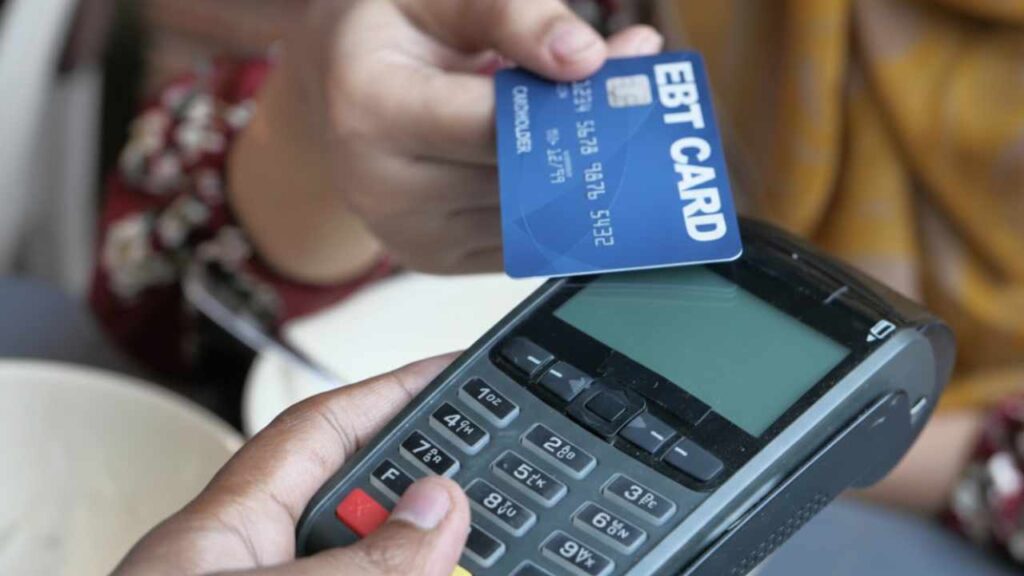A federal judge has just taken a firm stance and ordered the government to release all funds, no cuts, no reductions, for SNAP benefits this November. Yes, you read that right: no more cuts or delays. That means your payments will arrive in full, as always, so you can stock up on groceries without any extra worries.
It’s a huge relief for the 42 million of us who rely on the SNAP benefits program to put food on the table—from the little ones to the elderly. The USDA is already working to make sure everything runs smoothly before the weekend, so take a deep breath and plan your shopping trip with peace of mind.
SNAP benefits now to be fully disbursed in November
On November 6, 2025, a federal judge in Rhode Island issued a temporary order requiring the Trump Administration to transfer full SNAP funding to the states by Friday, November 7.
This action follows a recent dispute in which the federal government had attempted to withhold or only partially fund the benefits, citing political and budgetary reasons related to potential government shutdowns or fiscal adjustments.
The judge determined that these actions violated federal obligations to provide essential food assistance to low-income families and rejected government arguments seeking to limit payments. This is not the first controversy surrounding SNAP under the current administration; in recent months, tensions have arisen over proposed cuts to social programs, but this court order prioritizes the continuity of service.
Should I do anything to get my food stamps?
Actually, no action is required: just have your valid EBT card, and wait for your benefits to arrive. If you notice anything unusual about your deposit, call your local office or 1-800-221-5689—they’ll guide you with a smile (or at least, efficiently).
And so you don’t wait in vain, here it is the SNAP payment schedule for November 2025, state by state. Deposits are usually based on the last digit of your Social Security number, case number, or last name, so check yours.
- Alabama: 4–23 (based on the last two digits of the case number)
- Alaska: 1 (single day)
- Arizona: 1–13 (last digit of the case number)
- Arkansas: 4–13 (last digit of the case number)
- California: 1–10 (case number)
- Colorado: 1–10 (last digit of the case number)
- Connecticut: 1–3 (case number)
- Delaware: 2–23 (case number)
- D.C.: 1–10 (case number)
- Florida: 1–28 (8th and 9th digits of the case number)
- Georgia: 5–23 (last two digits of the case number)
- Hawaii: 3–5 (case number)
- Idaho: 1–10 (last digit of the case number)
- Illinois: 1–20 (case number)
- Indiana: 5–23 (case number)
- Iowa: 1–10 (last digit of the case number)
- Kansas: 1–10 (case number)
- Kentucky: 1–19 (last digit of the case number)
- Louisiana: 1–23 (last digit of the case number)
- Maine: 10–14 (first letter of surname)
- Maryland: 4–23 (first letter of the surname)
- Massachusetts: 1–14 (last digit of the case number)
- Michigan: 3–21 (last digit of the case number)
- Minnesota: 4–13 (last digit of the case number)
- Mississippi: 4–21 (last two digits of the case number)
- Missouri: 1–22 (last digit of the case number)
- Montana: 2–6 (last digit of the case number)
- Nebraska: 1–5 (surname)
- Nevada: 1–10 (case number)
- New Hampshire: 5 (single day)
- New Jersey: 1–5 (case number)
- New Mexico: 1–20 (last two digits of the case number)
- New York: 1–9 (based on county)
- North Carolina: 3–21 (last digit of the case number)
- North Dakota: 1 (single day)
- Ohio: 2–20 (last digit of the case number)
- Oklahoma: 1–10 (last digit of the case number)
- Oregon: 1–9 (last digit of the case number)
- Pennsylvania: 3–14 (last digit of the case number)
- Puerto Rico: 4–22 (specific NAP program, in SNAP)
- Rhode Island: 1 (single day)
- South Carolina: 1–19 (last digit of the case number)
- South Dakota: 10 (single day)
- Tennessee: 1–20 (last two digits of the case number)
- Texas: 1–28 (last two digits of the EDG number)
- Utah: 5, 11, 15 (grouped alphabetically)
- Vermont: 1 (single day)
- Virgin Islands: 1 (single day)
- Virginia: 1–7 (last digit of the case number)
- Washington: 1–20 (case number)
- West Virginia: 1–9 (first letter of the surname)
- Wisconsin: 1–15 (last digit of case number)
- Wyoming: 1–4 (case number)
The maximum amounts that will be delivered in November
Depending on where you live, the benefits of food stamps have higher or lower values. The next amounts are valid until September 30, 2026:
| Household Size | 48 Contiguous States & DC | Alaska Urban | Alaska Rural 1 | Alaska Rural 2 | Hawaii |
|---|---|---|---|---|---|
| 1 person | 298 | 385 | 491 | 598 | 506 |
| 2 people | 546 | 707 | 901 | 1,097 | 929 |
| 3 people | 785 | 1,015 | 1,295 | 1,576 | 1,334 |
| 4 people | 994 | 1,285 | 1,639 | 1,995 | 1,689 |
| 5 people | 1,183 | 1,529 | 1,950 | 2,374 | 2,010 |
| 6 people | 1,421 | 1,838 | 2,344 | 2,853 | 2,415 |
| 7 people | 1,571 | 2,031 | 2,590 | 3,152 | 2,668 |
| 8 people | 1,789 | 2,314 | 2,950 | 3,591 | 3,040 |
| Each additional person | +218 | +282 | +360 | +438 | +371 |
For Guam or U.S. Virgin Islands, separate amounts apply (e.g., Guam: 1 person $439, +$322 additional). Check your eligibility at www.fns.usda.gov/snap or contact your local office for personalized info.
